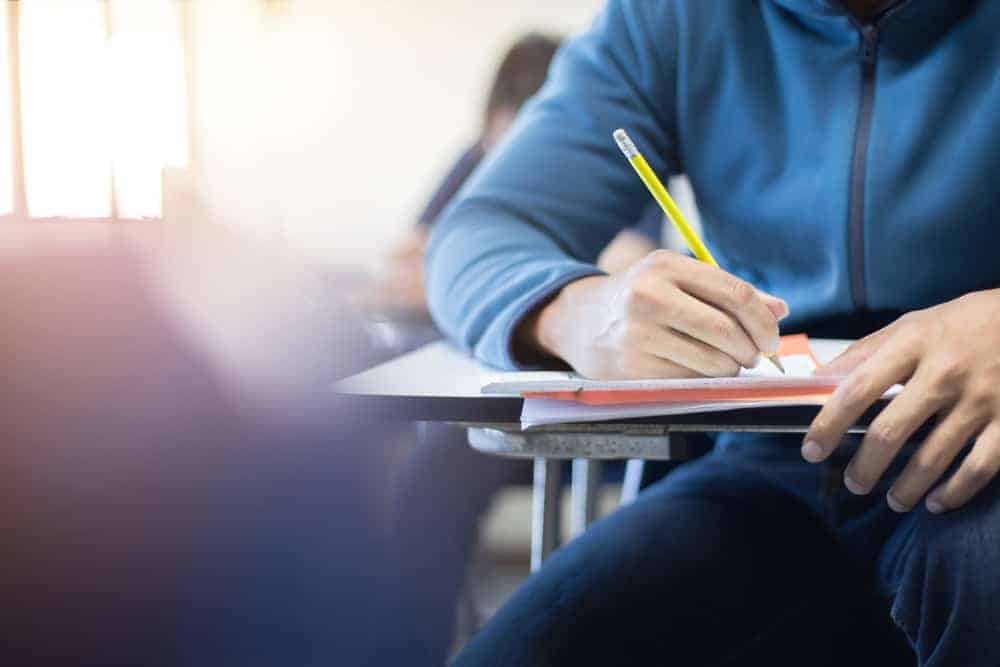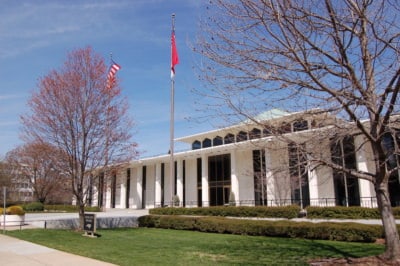Scenario: Victoria came to class after lunch, and I immediately knew something was wrong. She was agitated and was intensely talking to her friend. Once class started, she was off-task and had not stopped talking about lunch. When I addressed her behavior, she exploded into a tirade. I did not cause her initial mood, but I was the teacher with her when it came to a head.
Turns out, she was upset over a social media post by another student. I sent her to the office, both to eliminate the disruption and to give her a space to cool down. Victoria usually talks with one of our assistant principals because she often has trouble controlling her emotions. She missed the rest of my class and was assigned in-school suspension for the following day. I had no choice but to send her to the office to be dealt with. Or did I? Would positive intervention or restorative justice practices change this outcome?
Informally, most teachers have common sense strategies to reduce disruption and maximize student success in their classrooms. Teachers know their students and recognize when something is not quite right. In Victoria’s case, I could have allowed her to excuse herself for a few minutes in order to regain control. Many teachers pair with a neighbor teacher to allow a student to sit in their classroom until they can return. Knowing Victoria was having a bad day influenced how I interacted with her. I did not immediately confront her; I gave her time to join the class without success and ultimately, I had to address the behavior.
Many of our students, like Victoria, have emotional trauma, affecting their behavior in school. Long gone are the days when all students follow instruction from an adult with no questions asked. Teachers are being trained to recognize these behaviors and schools have professional support staff to assist in working through the root causes of these behaviors without removing the student from the learning environment.
Formally, most high schools have systems in place to address both student behavior and academic achievement. Positive Behavioral Interventions and Supports (PBIS) is a widely-adopted program in the United States. PBIS aims to prevent inappropriate behavior through teaching and reinforcing appropriate behaviors 1. With Victoria, PBIS training would result in my reminding her of the school rules, removing her to deescalate her emotions, and encouraging her to not engage in social media posts during lunch.
Multi-tiered Systems of Support (MTSS) is a system that provides academic support and intervention when a student demonstrates a need. The combination of PBIS and MTSS allows schools to differentiate instruction for struggling students, address social and emotional difficulties that students face, and maximize academic achievement, social belonging, and positive culture. For my student, a follow up with the assistant principal, her counselor, and her parents would hopefully prevent future outbursts and create a collaboration to support Victoria as she learned to manage her emotions, all without missing important academic content.
District policy is also changing to minimize out-of-class consequences for students. Wake County has made recent changes to discipline language in an effort to reduce suspensions for African American students. Guilford, Durham, and Chapel Hill-Carrboro schools use restorative justice systems to reduce suspensions. Restorative practice centers teach students how their actions affect other people. Victoria would learn that by taking time away from instruction, other students can not learn and parents must leave work to meet with administration to discuss her behavior. Teachers are trained to recognize their implicit biases and to build relationships with students, helping them mediate their own disputes with fellow classmates.
While it may outwardly appear that districts are lessening consequences for students, I suggest they are attempting to support the student while keeping their academic progress on track. A research study by Northwestern University economist Kirabo Jackson of ninth-graders in North Carolina finds a teacher’s influence on student behavior is more likely to predict success in high school than test scores. Students learn soft skills, such as adaptability, self-restraint and self-motivation, which will impact their success in college or a job. Chapel Hill-Carrboro City Schools has not only experienced a decrease in student discipline issues, but has seen some positive gains in student achievement. Victoria would have benefited from restorative practice more than the punitive result that occurred.
What can teachers do to influence student behavior?
- Reflect on your classroom discipline practices. How do you provide structure and support at the same time? Do you have a plan to keep students on track academically?
- Find out what systems your district uses to support students’ emotional needs and to build a positive school culture.
- Review your district discipline policy. Encourage school board members to adopt policies that address the whole child with restorative practices over punitive ones.
Why does it matter? As a parent, I want my kids to learn — so shouldn’t kids who break the rules be put out of class? Surely, school administration can not let students run the school all because of testing? Young adults need to learn that their actions have consequences, right? Yes, to all of these.
With the demands of life for our 21st-century students, schools must adjust their approach to discipline and education. As a teacher, I must ensure my students are not only learning academics but becoming aware of social interactions and relationships with others in school. I need them in class to accomplish these goals and I need the support of school specialists, parents/guardians, and administration.
ASCD suggests the Whole Child Approach, a vision of collaboration between teachers, parents, community members, and policymakers to ensure that students are healthy and prepared academically and emotionally. Schools must adjust traditional thinking in order to prepare students like Victoria to be successful in a global environment. Positive intervention, academic support, and restorative practice may be just the thing.



